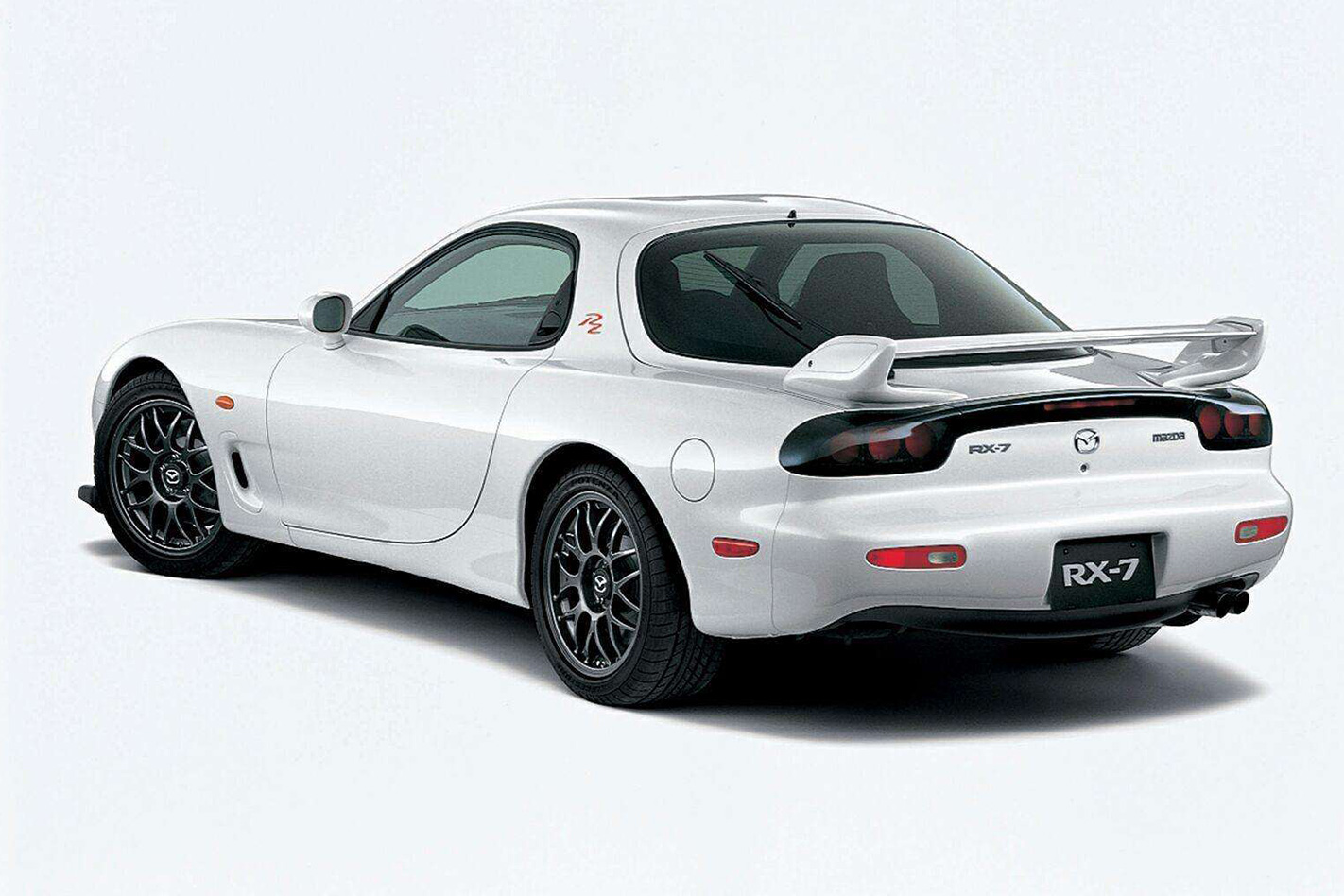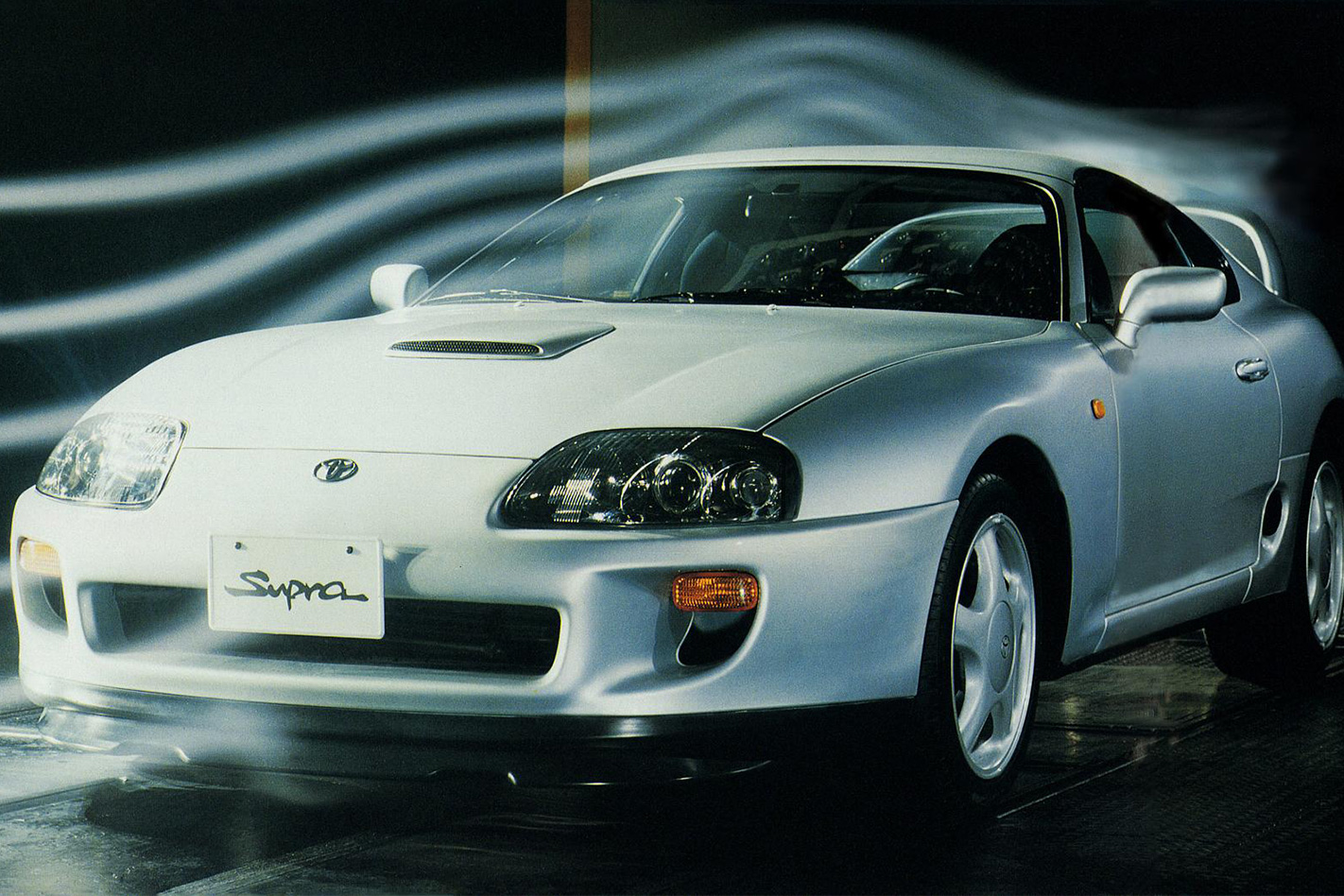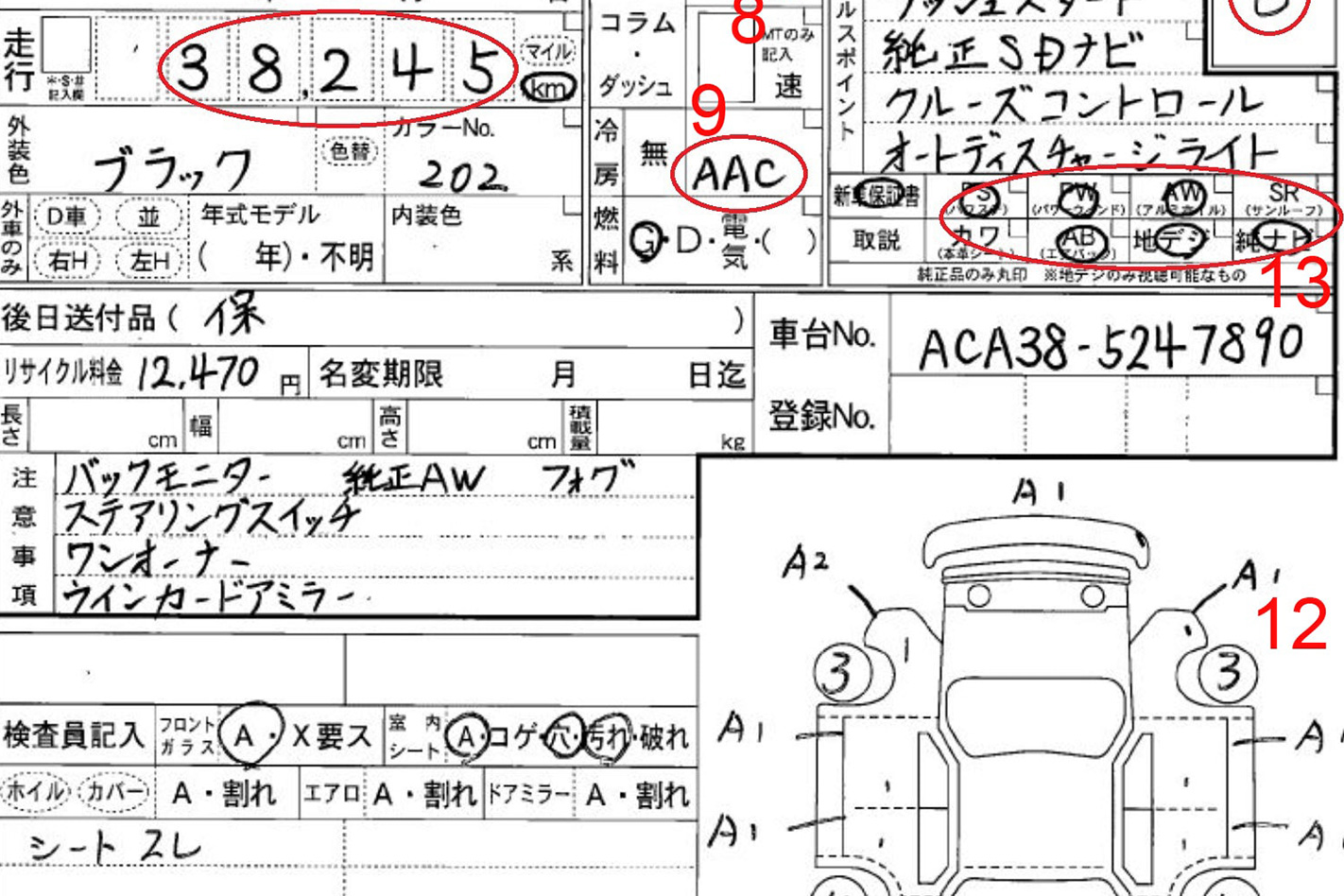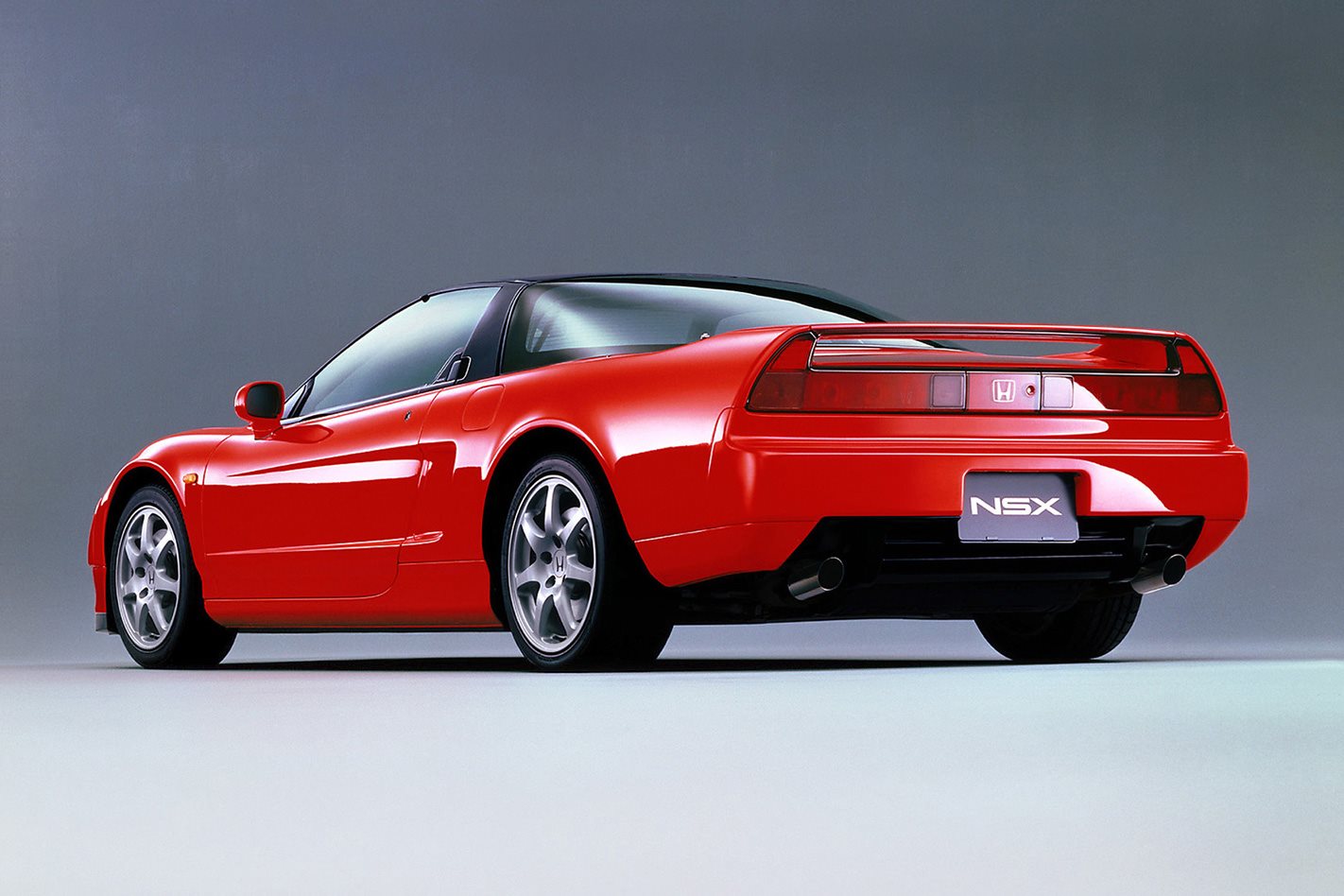There’s no real arguing this one. 1993 was flat-out amazing if you were a petrolhead. More specifically if you had a passion for Japanese performance coupes, it was this genre at its very zenith. Maybe you were brought up watching scratchy copies of copies of ‘Best Motoring’ VHS tapes, you knew what Calsonic, Zent and all those weird JGTC liveries meant, and you rejoiced that Japanese sports cars had shaken off their blousy Eighties phase and had become gym-toned and confident.

But if 1993 was the billboard year, 1989 was the genesis. This was the year that saw a whole slew of new product launches that would go on to redefine how we thought of Japanese cars. The Mazda MX-5, the Nissan 300ZX Z32, the Toyota MR2 Turbo, the Toyota Celica GT-Four ST185 and the Nissan Skyline GT-R R32 all hit Japanese dealers in ’89, the same year, incidentally, that Lexus showed with its LS400 that it could meet and beat the best European super-sedans in terms of refinement and quality. This was followed a year later by a car that would rewrite the script in a different manner, the Honda NSX, which had the chops to make Ferrari’s wares look ancient.
Fast forward to ’93 and all of these cars are still on sale. They were joined in 1991 by the Subaru SVX, in 1992 by Mazda’s ball-tearing FD RX-7 and the gull-winged Autozam AZ-1, and in 1993 by the A80 version of the Toyota Supra. With rally reps from Subaru and Mitsubishi and hot hatches such as the Pulsar GTi-R and the Daihatsu Charade GTti also available, 1993 was the high water mark. Not that we knew it at the time.

We didn’t know that we wouldn’t see another version of the RX-7 and that the NSX would soldier on for another fifteen years with ostensibly the same body shape. Nobody could have forecast that the Supra nameplate would go from hero to zero, only to be resurrected more than a quarter of a century later. Or that the MR2 would go from a 250km/h turbocharged terror to a 104kW lightweight with no baggage space. And then die for good.

Put that down to Japan’s ‘Lost Decade’, when the asset price bubble burst at the start of 1992. Land and property values had tripled throughout the 1980s. Increasing interest rates in 1990 kicked off a chain reaction that saw property and stock prices erode and then collapse. While 1993 was a celebration for most car lovers, if you were the CEO of a Japanese car manufacturer, it was a desperate claw back.
But here’s the thing. Some 25 years post 1993, all of these fantastic cars are now legal to be imported to the US. And many of those who remember that period with a certain rose-tinted nostalgia now have the means to buy the cars they lusted over as pimply kids. That has pushed up the auction prices in Japan as the country enjoys another used car export boom. For example, a 1990 Skyline R32 GT-R, eligible for US export, is worth a good deal more on the auction block than an equivalent 1994 model year version.

Next year, legislation may change here in Australia replacing the prior 1989 cut-off for import to a rolling 25 year rule in line with the US, opening up all of the cars built from 1989 to 1994. In other words, all the good stuff. But for every boom, there’s an eventual bust. Access to the best golden era cars could dry up as Aussie and American bargain hunters plunder the auctions and squirrel away all the collectables. So if you’re keen to track down something from Japan, you’re going to need to be very quick on the draw. Start saving, start doing your research on auctions, shipping and availabilities sharpish. But before you do that, hit up the comments and let us know what you have your eye on.






